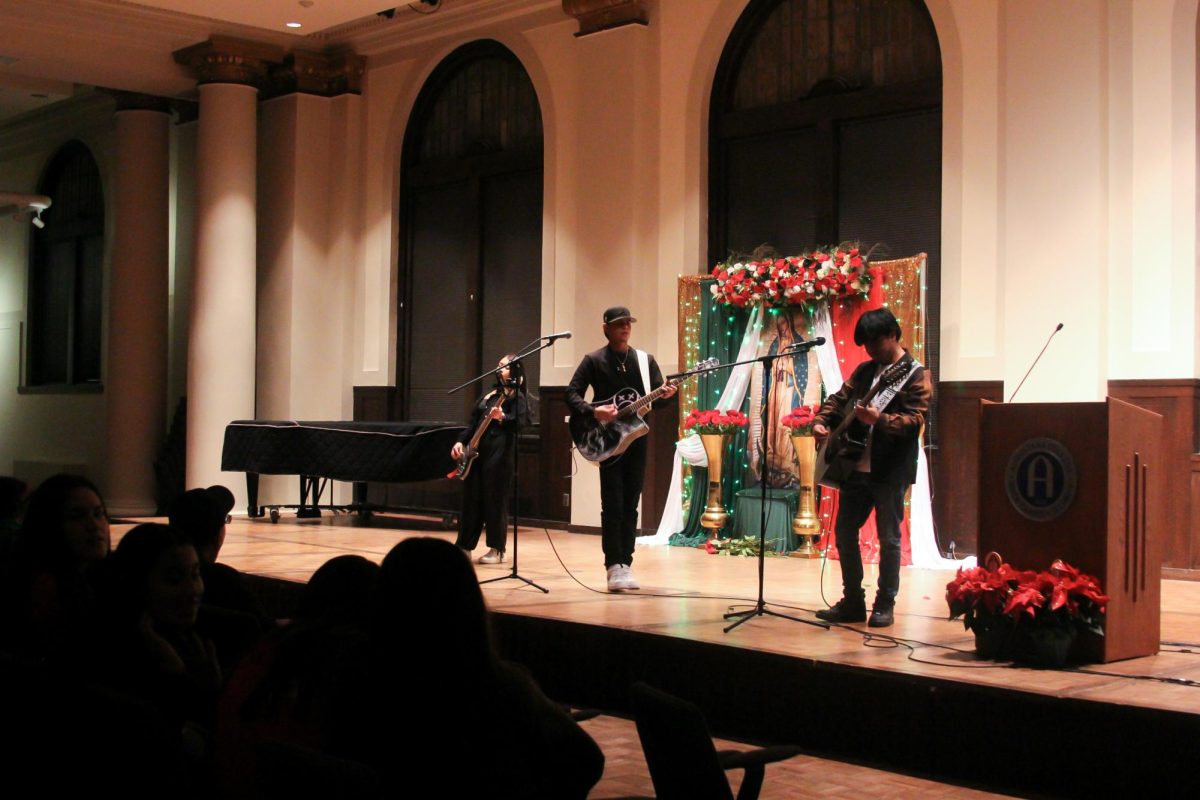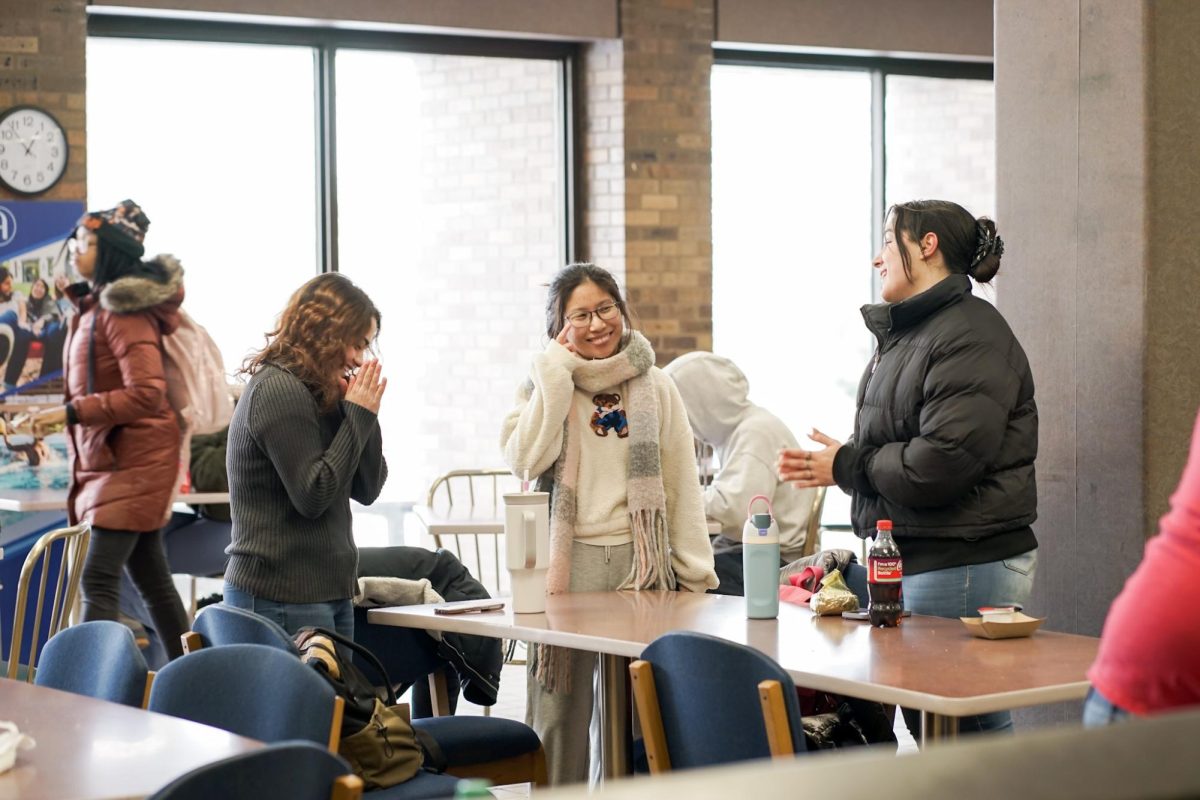This wasn’t always Augie
November 19, 2021
“This wasn’t always Augie,” raised conversations about how the land, which Augustana currently resides, was once occupied by indigenous people. This discussion was facilitated by the Multicultural Programming Board and the Native and Indigenous Awareness Coalition on Nov. 12 in celebration of Native American Heritage Month, also known as American Indian and Alaska Native Heritage Month.
The conversation opened with the discussion question, “What do you know about the history of this land?” Next, a short documentary, “The native truth perspectives on Augustana” explained the different ways we form relationships with where we live, how we learn about a place and its historical context. These were accompanied by interactive discussions regarding what this means to us at Augustana and how the college can provide a concrete acknowledgment about Native American presence.
How did Augustana end up on this land? In the documentary, Kai Swanson, special assistant to the president, shares that when Augustana was founded in 1860, it was first located in Chicago. They wanted a larger space and were offered a commission from the central railway in 1875 for 800 acres of land in Paxton. However, Augustana soon left Paxton and finally settled in Rock Island.
According to Madeline Young, president of the Native and Indigenous Awareness Coalition, Augustana did not directly gain this land through a treaty, but instead bought it from farmers who had acquired it through treaty land agreements. However, some indigenous people were still around, and there were indigenous students attending Augustana, including the notable Native American writer and lawyer, Vine Deloria Jr.
According to Dr. James Simonson, professor of history and women, gender and sexuality studies, “the history is not just that [Native Americans] were here, there was war, and they went. It is a lot more complex than that.”
“This event is not the end of the conversation, but the beginning,” Young said. Young hopes that this conversation does not only reach a larger audience, but that there is a solid acknowledgment of this land as an ancestral homeland of indigenous people.
“Indigeneity is not just the history of our country, it’s the present and the future. And that is how it will always be,” Young said.
Currently, Augustana does not have a strong relationship with Native Americans, and one of the main goals of the club is to forge this relationship. Some of the ways Young believes Augustana can have a better relationship with Native Americans include offering more classes about indigenous history, having scholarships for indigenous students and collaborating with tribal colleges.
“I saw a vacuum where we weren’t having these conversations. We weren’t openly discussing indigenous history, the indigenous present and the indigenous future of Augustana. And I want to change that, and I don’t know if that’s ultimately going to be something that I can accomplish, but I know that people after me will,” Young said.
Diego Andon, junior and co-chair of the multicultural programming board, is connecting to his indigenous roots and was especially thankful that they hosted this conversation and hope to do more.
“During that presentation, I felt both relieved and a sense of anxiety at that moment, speaking in front of other people, but I just know that I did it because I’m proud of my background, my culture and reconnecting to it,” Andon said.
The meeting ended with a list of recommendations on how we can be better allies for indigenous people. Some of these include acknowledging that Native Americans have always occupied this land and they are present in our community. Other things you can do include: donating, supporting Native American-owned businesses, educating ourselves, talking to your local government to be more aware of Native American issues and speaking up against appropriation and racism against Native Americans.








































































































